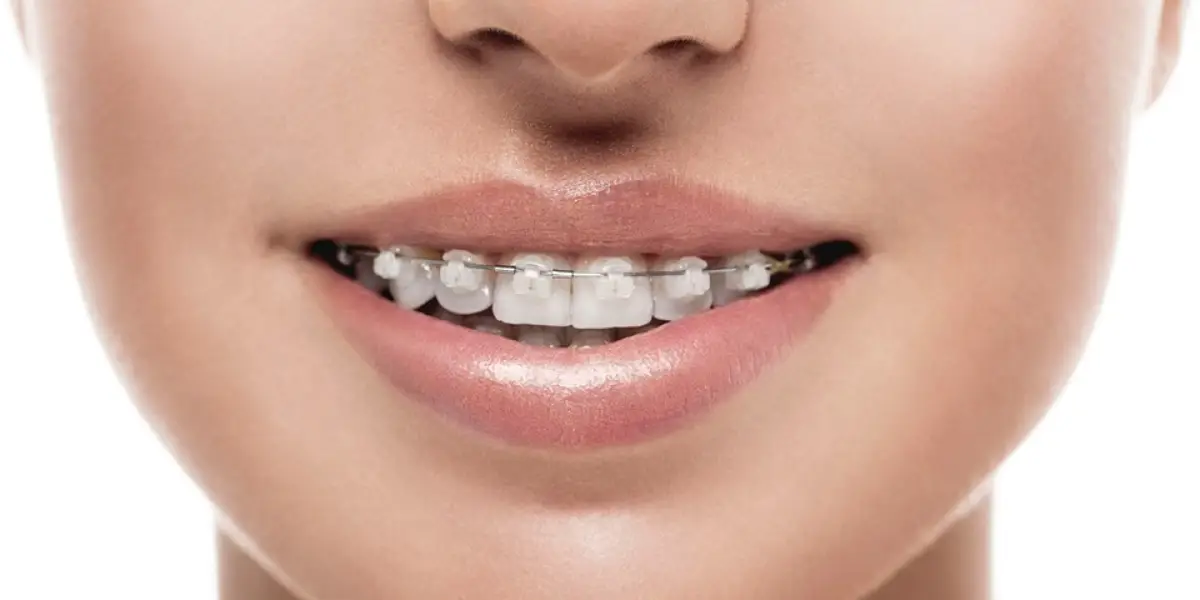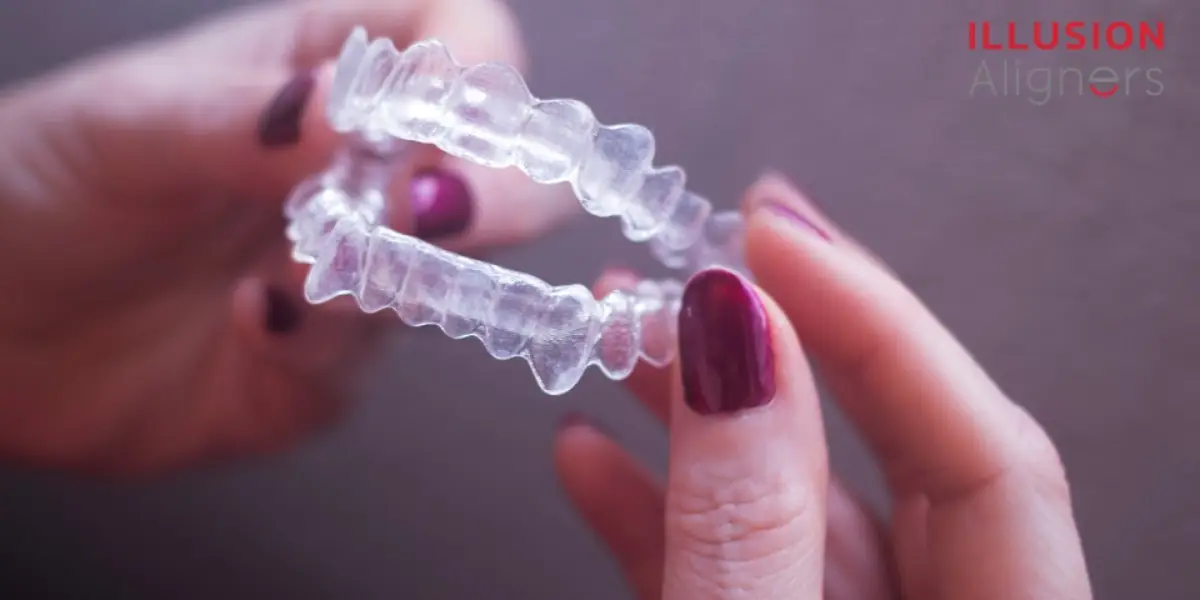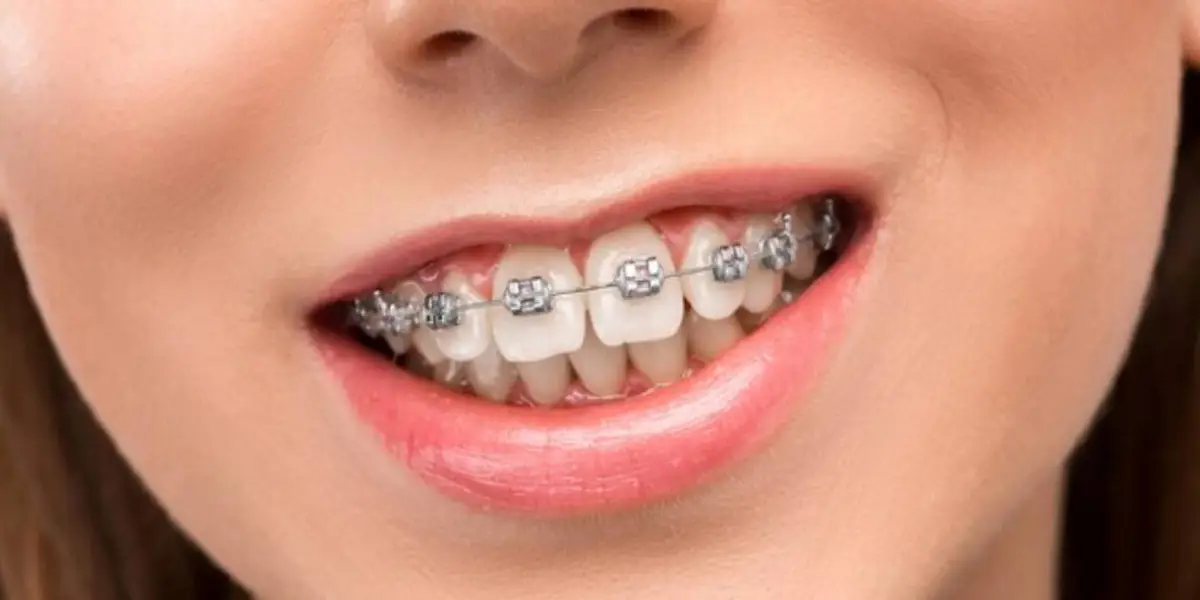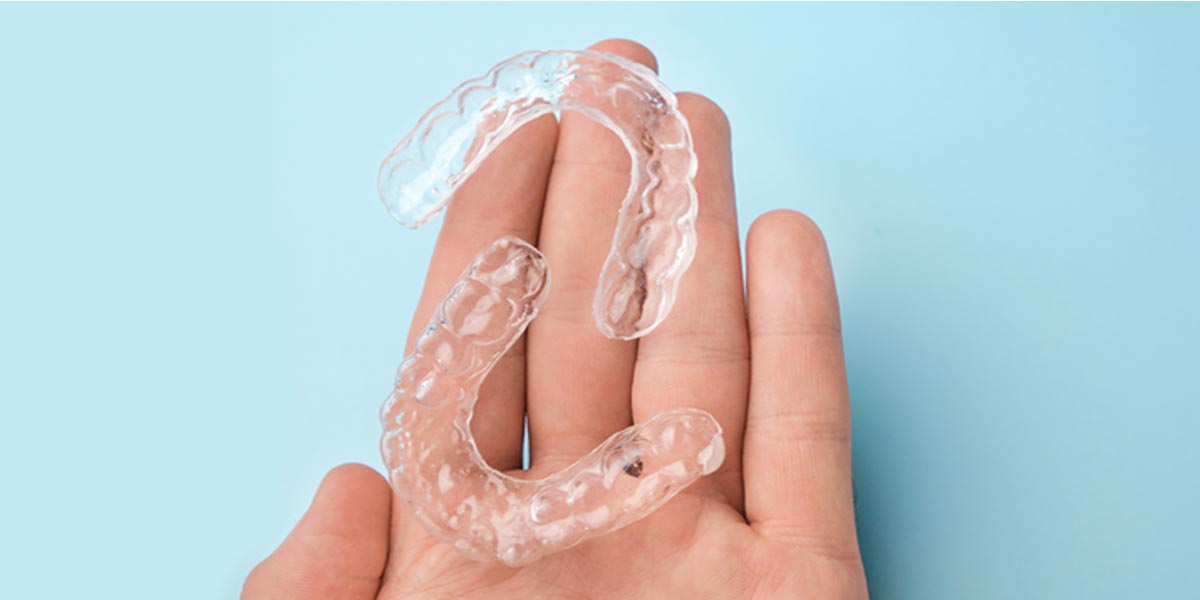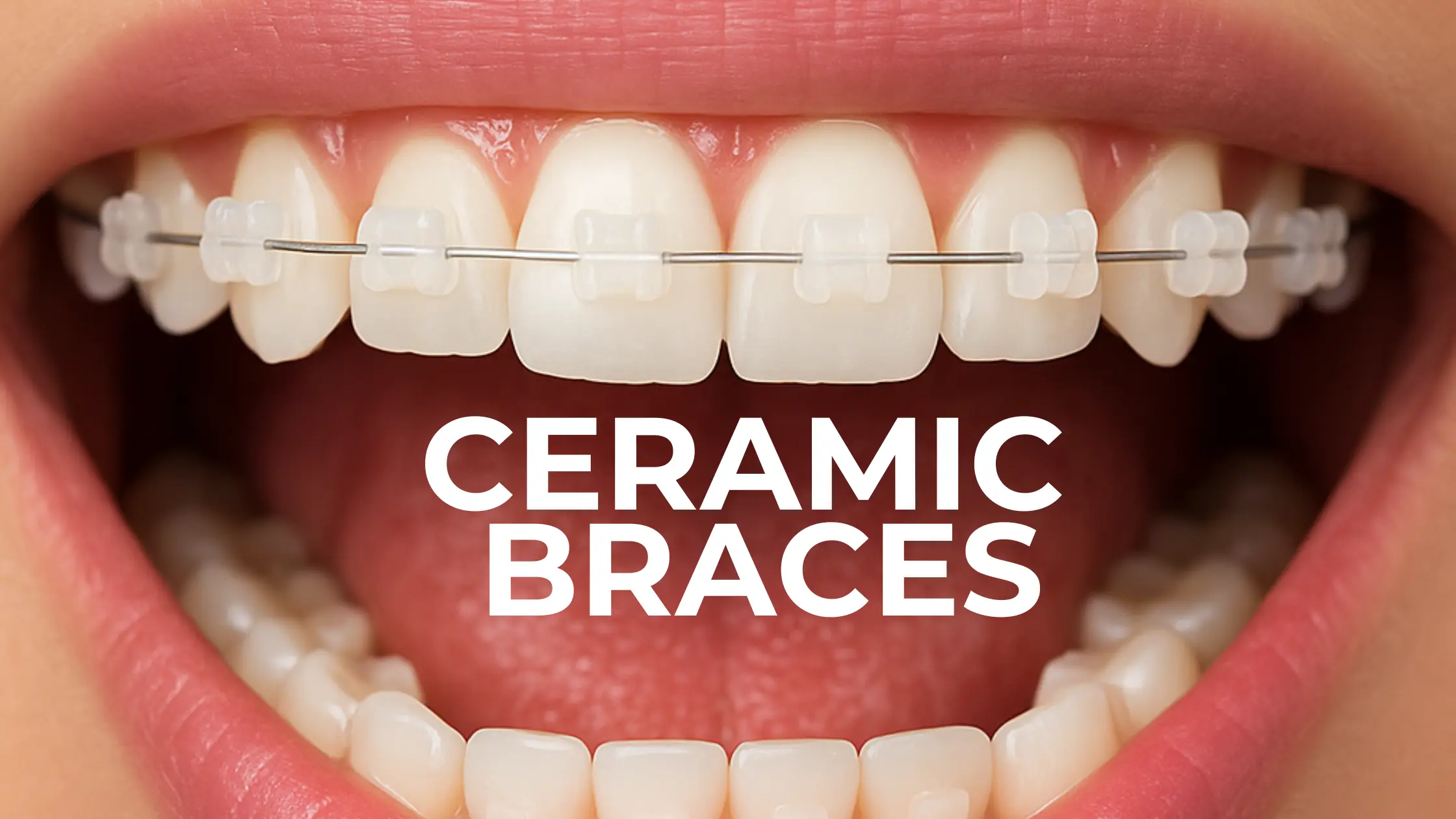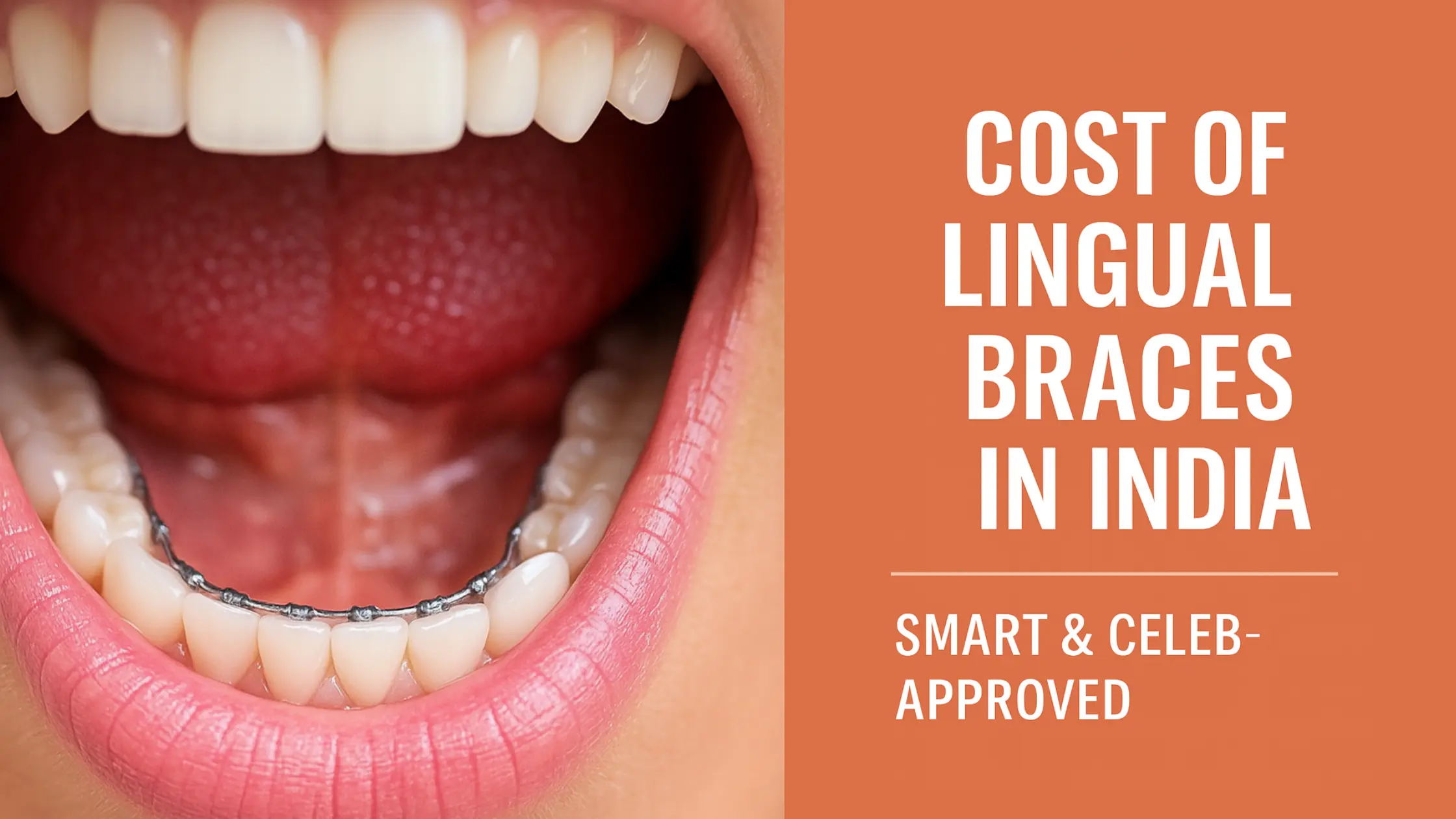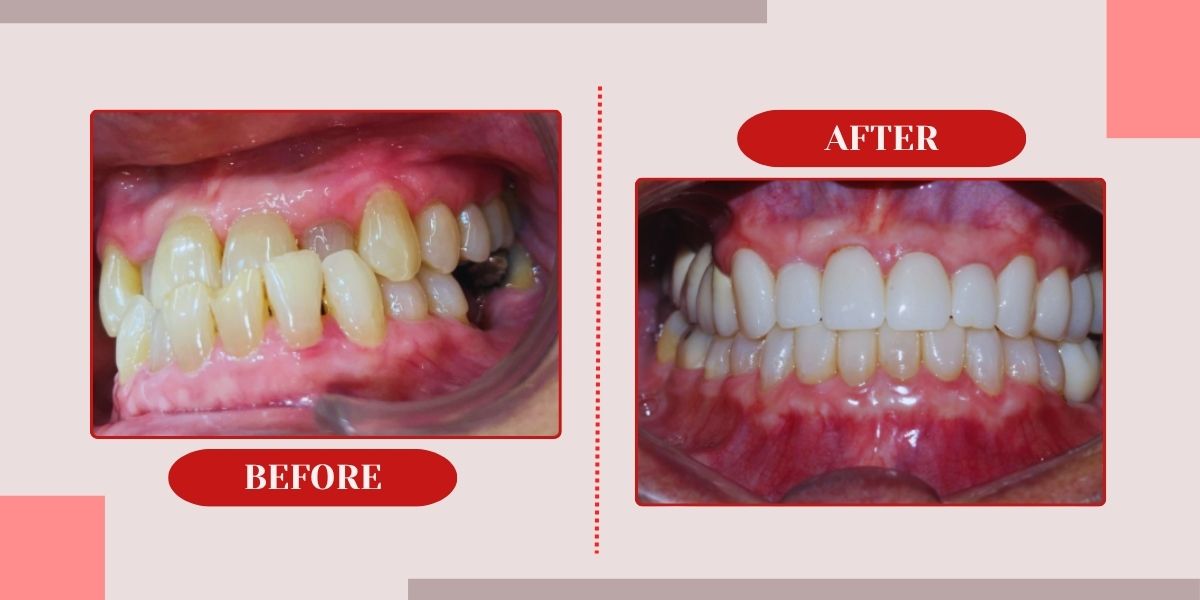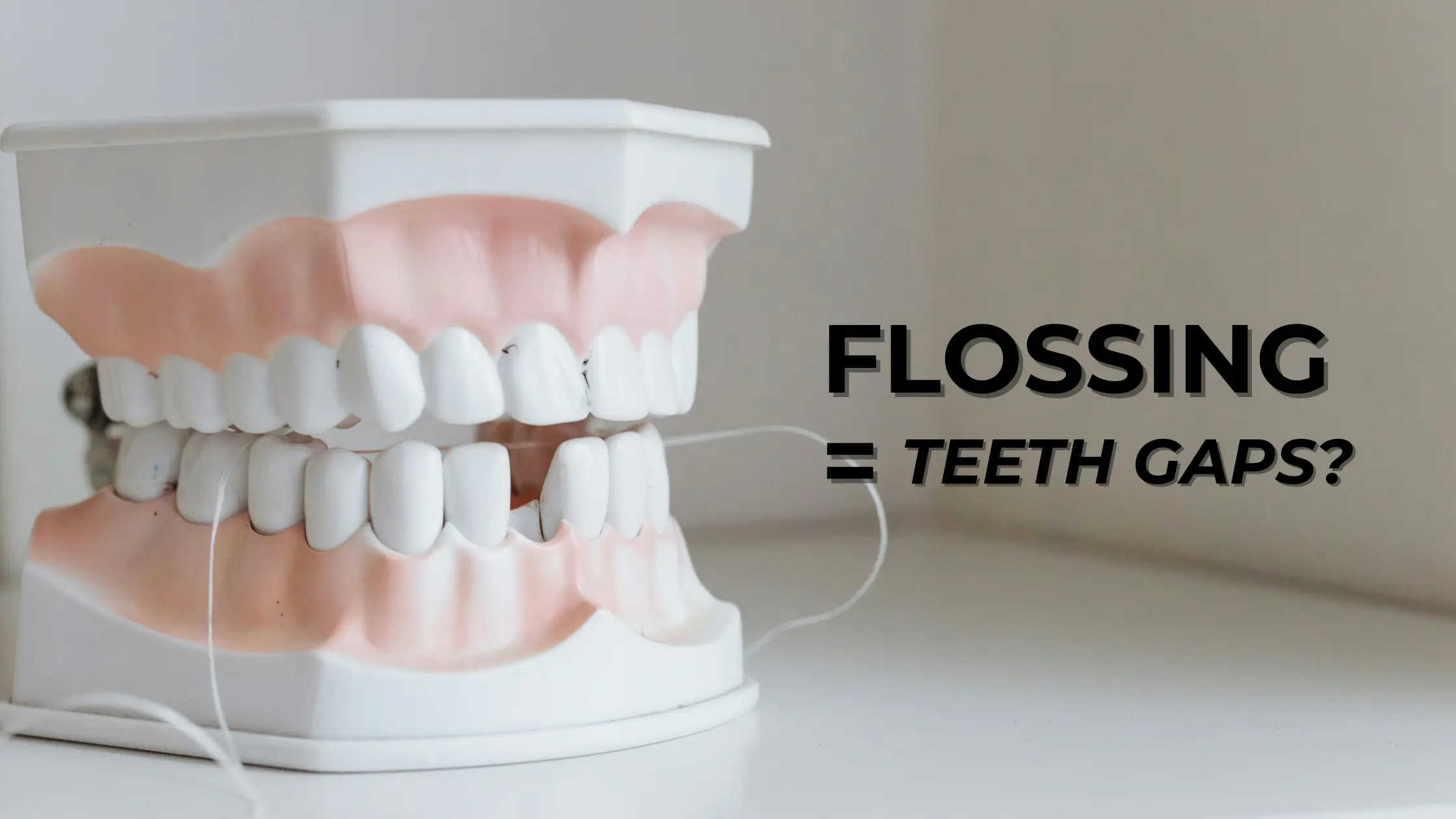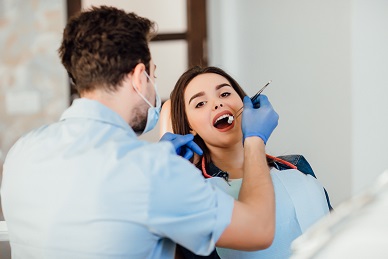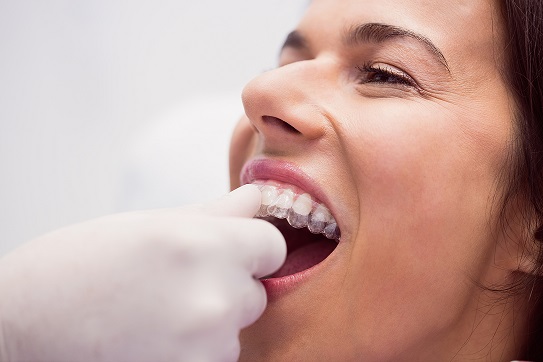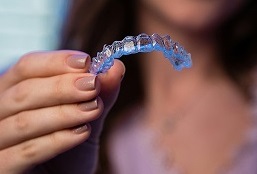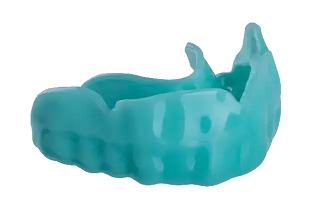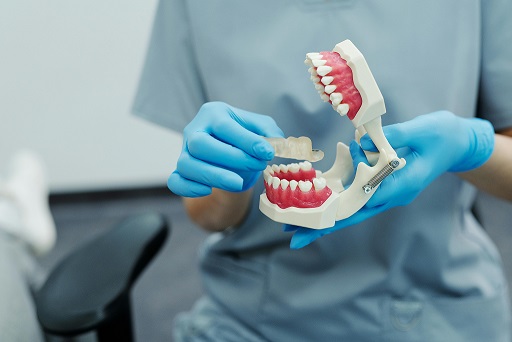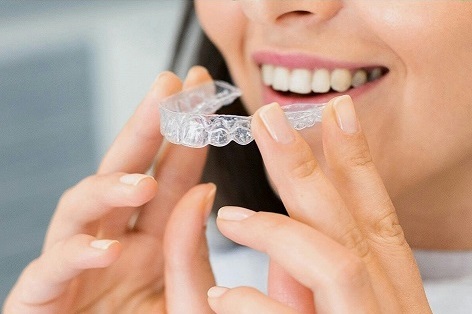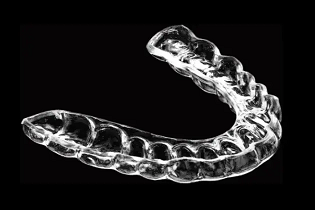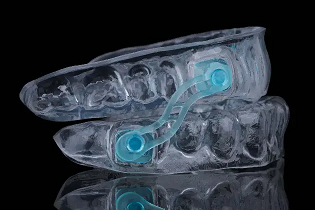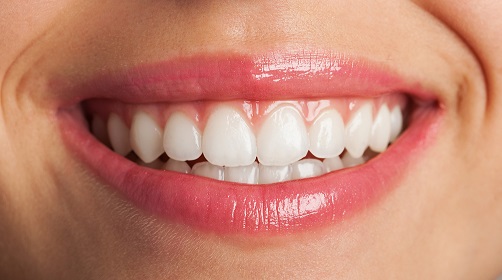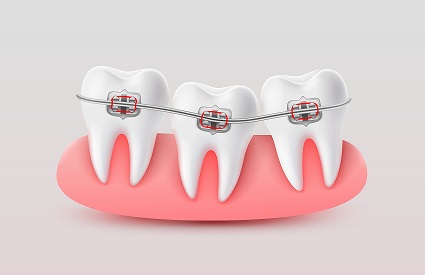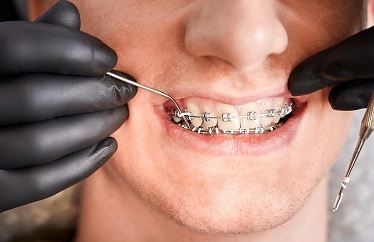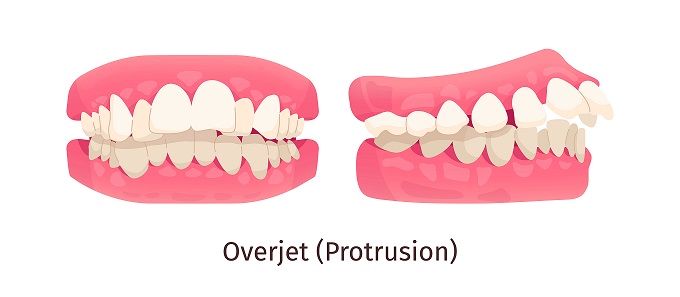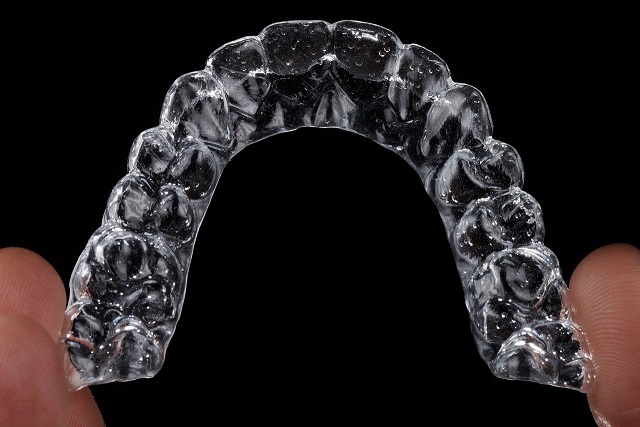
Publish on Jul 07, 2025
Comfort and Safety with Aligners: What to Expect & How to Stay on Track
Clear Aligners have transformed the way teeth straightening is done. It is a clear and flexible way to straighten your teeth. Over the years, they have become popular among teens and adults. And like every trending thing does, everybody has their own set of concerns. In this guide, we’ll talk about comfort and safety with Aligners: what to expect and how to stay on track.
What does Comfort mean with Aligners?
We’ll begin by addressing the most common safety concerns. Aligners are designed to offer comfort and results. But comfort doesn’t mean zero sensations. It reflects a smoother experience when compared to metal braces.
Clear Aligners are a set of plastic trays. They work by applying gentle pressure on your teeth to shift them into desired positions. On switching to a new tray set, patients tend to feel slight tightness or soreness. This discomfort lasts for 24-48 hours. It is a sign that the treatment is working.
Here’s what to expect comfort-wise:
- A snug or tight feeling, with every new aligner tray set.
- Slight soreness in the gums for 1-2 days.
Many patients adapt quickly. And some also report that they forget they are wearing aligners after the first week.
Speech changes and initial adjustment:
It’s normal to experience a slight change in speech. This happens because your tongue needs time to adjust to the presence of plastic trays. But this slight change returns to normal within a few days of consistent wear.
Clear Aligners Safety
Clear Aligners are generally very safe to use when used as guided.
Like, Illusion Aligners are custom-made, using BPA- free medical grade thermoplastic. This fits snugly over your teeth. They have received certification badges, like FDA 510K. So as long as you follow the orthodontist’s instructions, aligners will only yield good results.
Precautions to maintain safety:
Clean your aligners daily
If aligners are not cleaned and rinsed properly, bacteria build up. This hampers the ongoing treatment.
Avoid hot water
Extremely hot water can damage the aligner trays. This will compromise the fit.
Do not eat or drink with aligners on
Except for normal water, everything else should be consumed after removing them. Eating with aligners can damage or trap food particles. This stains and damages the aligners.
All these precautions must be kept in mind. If aligners are worn for less than 20-22 hours per day, the treatment will be delayed.
Oral Hygiene: A priority
Oral hygiene becomes even more critical during aligner therapy. Since the trays cover your teeth for most of the day, any leftover food or bacteria trapped underneath can lead to decay or gum issues if not addressed properly.
During aligner treatment, it is important to maintain oral hygiene. Since the trays cover your teeth for most of the day, any food or bacteria that is trapped can lead to decay or gum issues. Therefore, to maintain optimal oral health:
Recommended routine:
- Brush your teeth twice a day and floss regularly.
- Rinse your mouth after every meal before reinserting the aligners.
- Never brush your teeth with aligners on. Always remove the aligners and clean them with a soft-bristled brush and clear lukewarm water with mild soap or nontoxic cleaners to clean your aligners once a day.
Remember to avoid toothpaste on the trays. It can scratch and damage plastic.
What to expect throughout the treatment journey?
Getting clear aligners is not just a trend to follow. It’s an entire process. Understanding what to expect can help you avoid any surprises during treatment.
Weekly tray changes
Patients must switch to a new set of aligners every one or two weeks. This depends on your case. Each new set is tailored according to the new position or change in your teeth. It brings you closer to your ideal alignment.
Gradual tooth movement
The aligner tray snugly fits over your teeth. Causing subtle tooth movement. You may start noticing changes in the first week. Taking progress photos weekly can help you visualize.
Bite Adjustments
During treatment, the bite might slightly feel off. This is completely normal as your teeth are repositioning. The bite stabilizes normally in some time.
Occasional readjustments
Sometimes, a patient might require additional sets of aligners. This is known as refinements. This is decided towards the end of the treatment to get the desired results. Your orthodontist will guide you.
Staying on track: Simple Habits to follow
The aligner treatment yields the desired results if there is discipline. The more faithful you are to it, the smoother your treatment is.
Discipline = Results
You will be asked to wear clear aligners for 20-22 hours per day. This allows just enough time to eat meals, brush and clean the trays. Falling short consistently can delay your results.
Always carry your case
Never wrap aligners in tissues or leave them out in the open without the case. They are easy to lose or accidentally throw away because of how handy they are. Always store them in a clean and ventilated case that is provided.
When to contact your Orthodontist
While most of the treatment is predictable, there are a few red flags to watch out for:
- Aligners don’t fit properly or feel unusually tight
- The pain is persistent beyond 4-5 days
- Cracks or sharp edges on the trays
- Swollen gums, bleeding or other irritation signs
- Lost or damaged aligners
In these cases, always contact your orthodontist. To avoid disrupting your progress.
ConclusionClear aligners offer a safe and comfortable approach to orthodontic treatment. Like any procedure that requires time and consistency, it comes with an adjustment curve. But once you move past the first couple of weeks. This routine becomes second nature, like your other developed habits.
The key to successful treatment lies in discipline. Wearing the trays for the recommended duration, keeping them clean, and maintaining oral hygiene. With all this, showing up for regular check-ins with your orthodontist is important.
And the best part we are all looking forward to? You get to see your smile upgrade- gradually. Without brackets, wires or disrupting your lifestyle.
Medically Reviewed By Dr Jaineel Parekh, MDS orthodontics
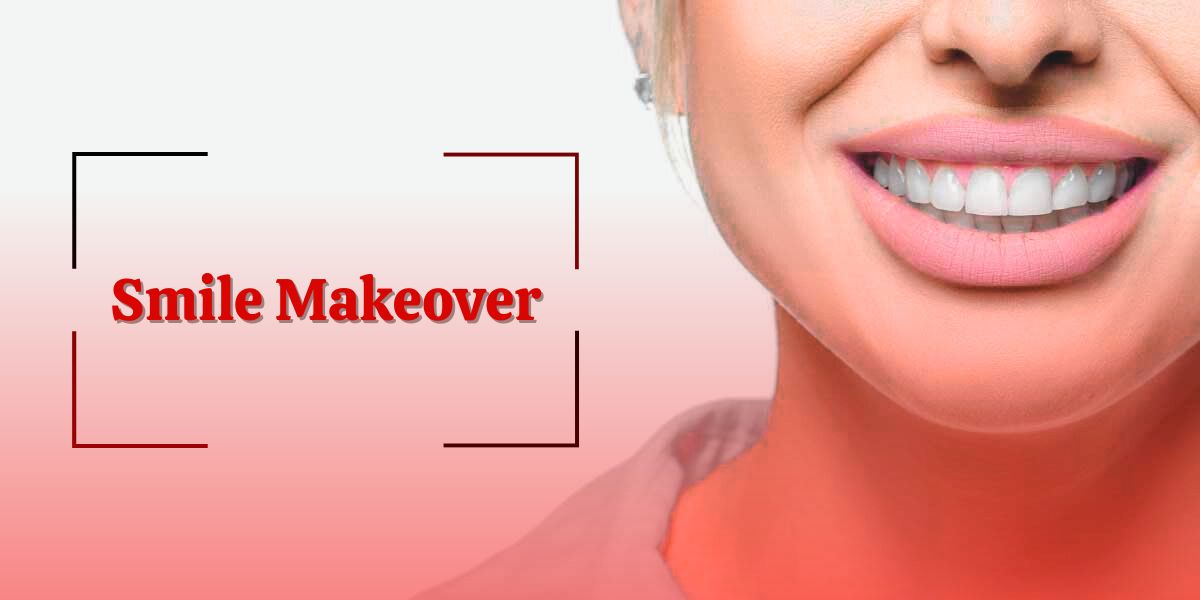

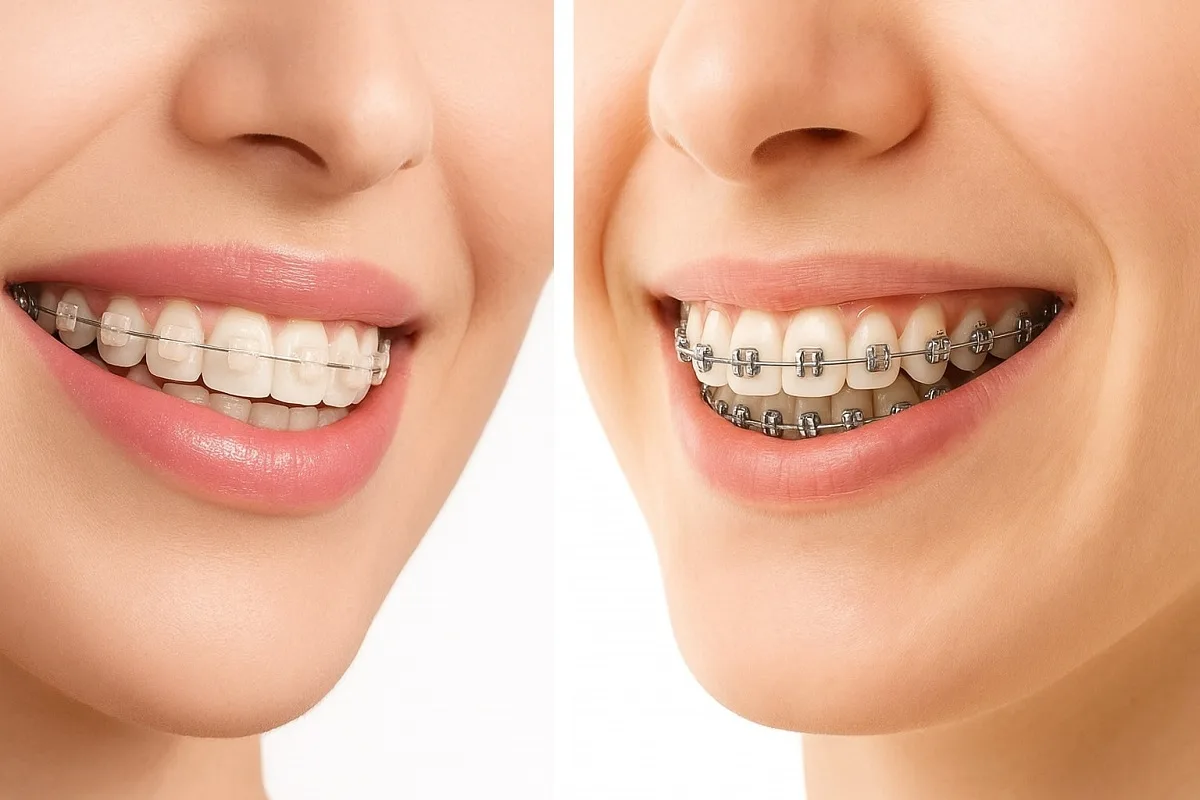
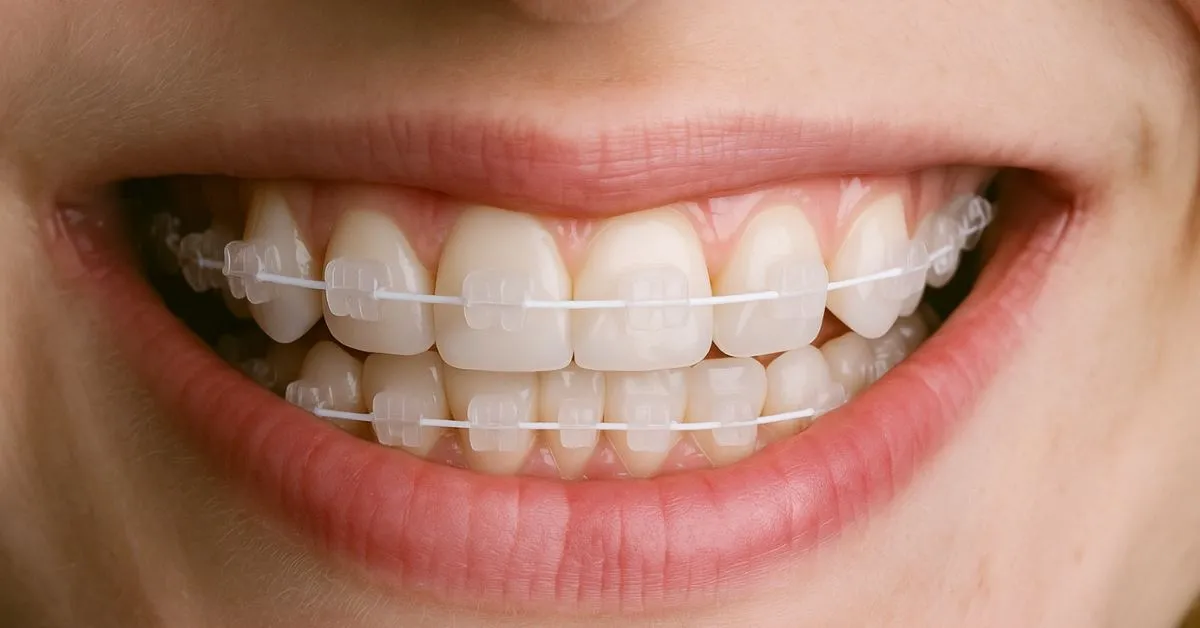
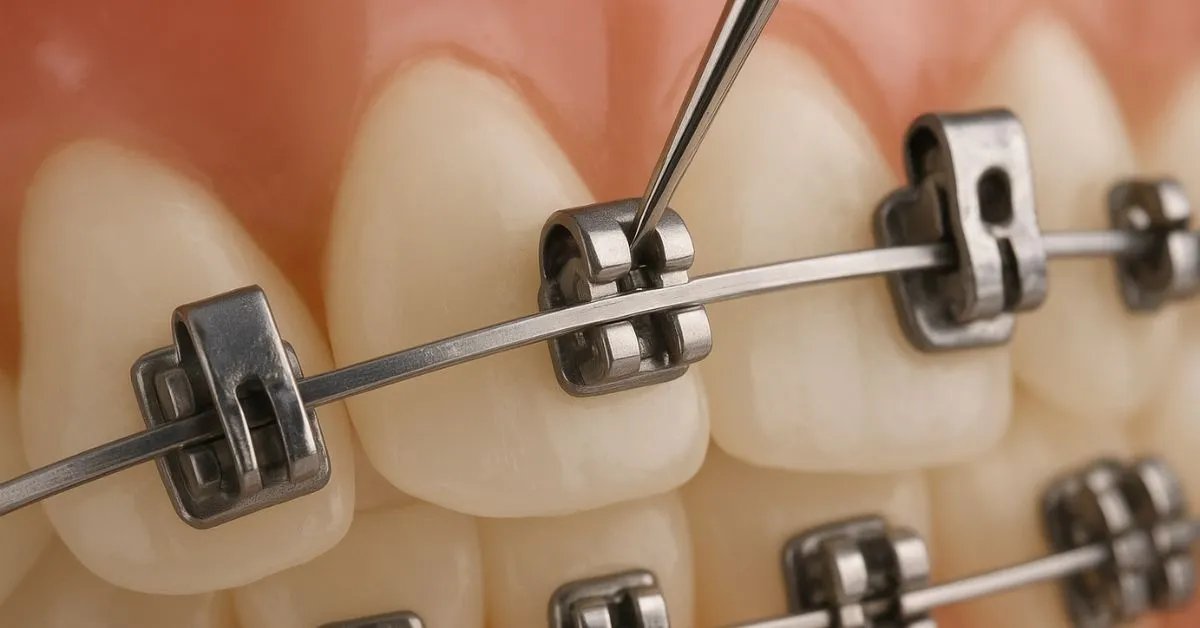
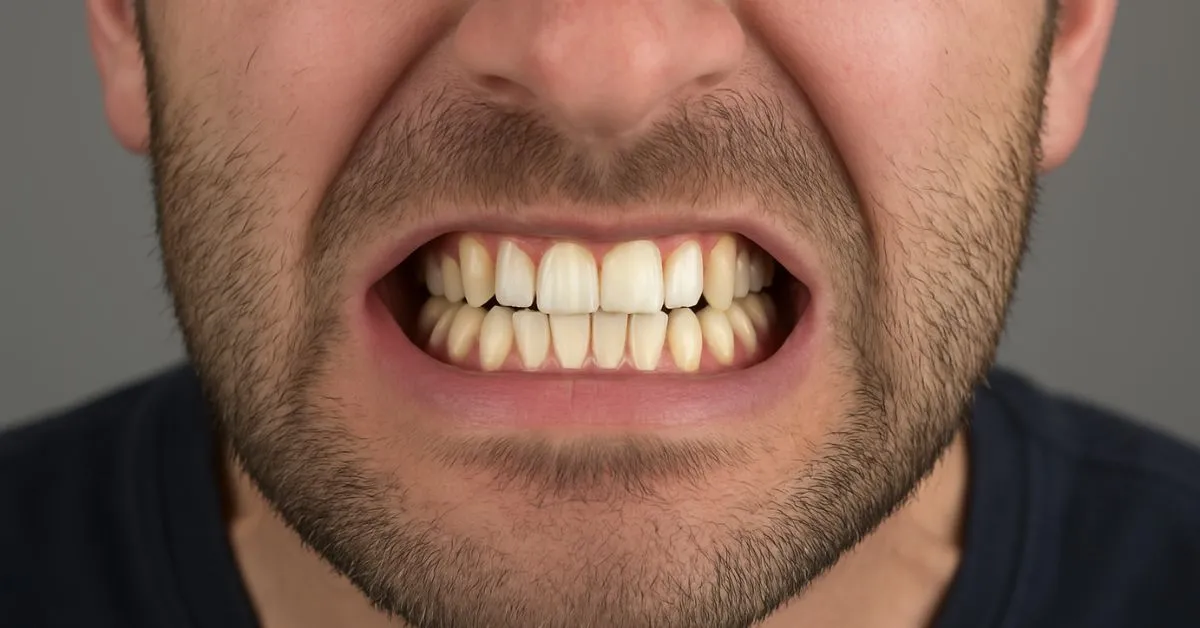
.webp
)
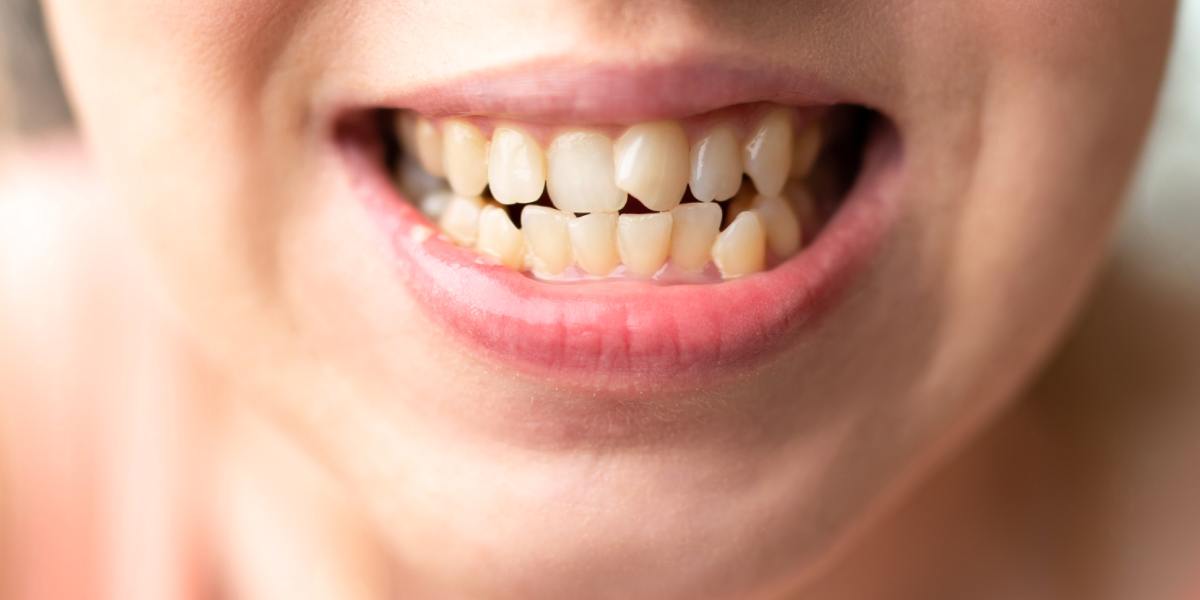
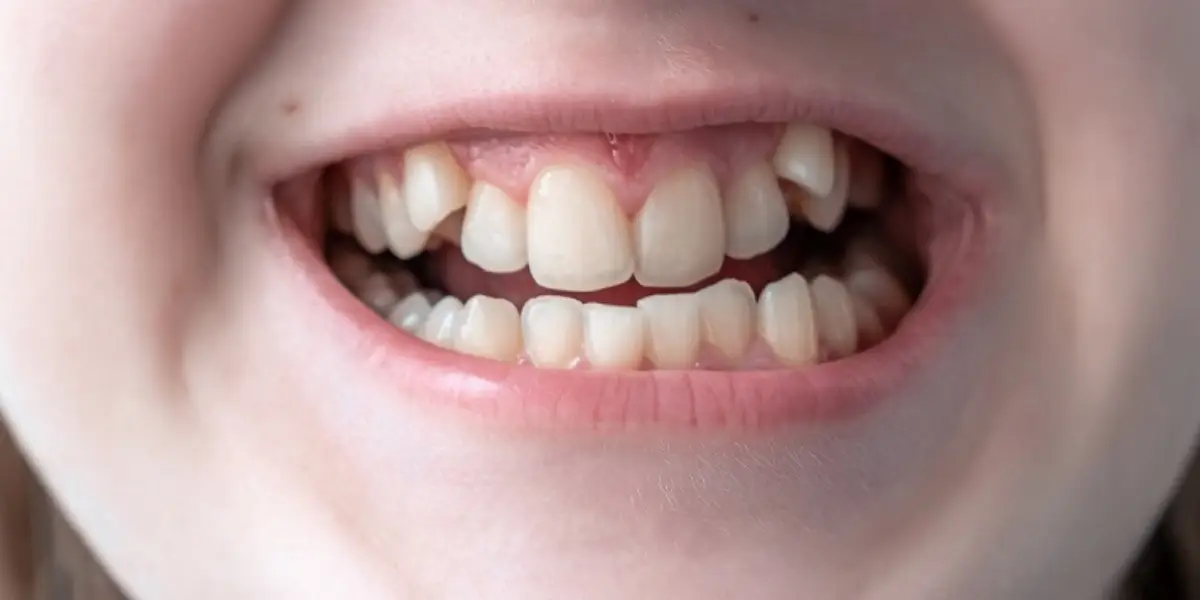
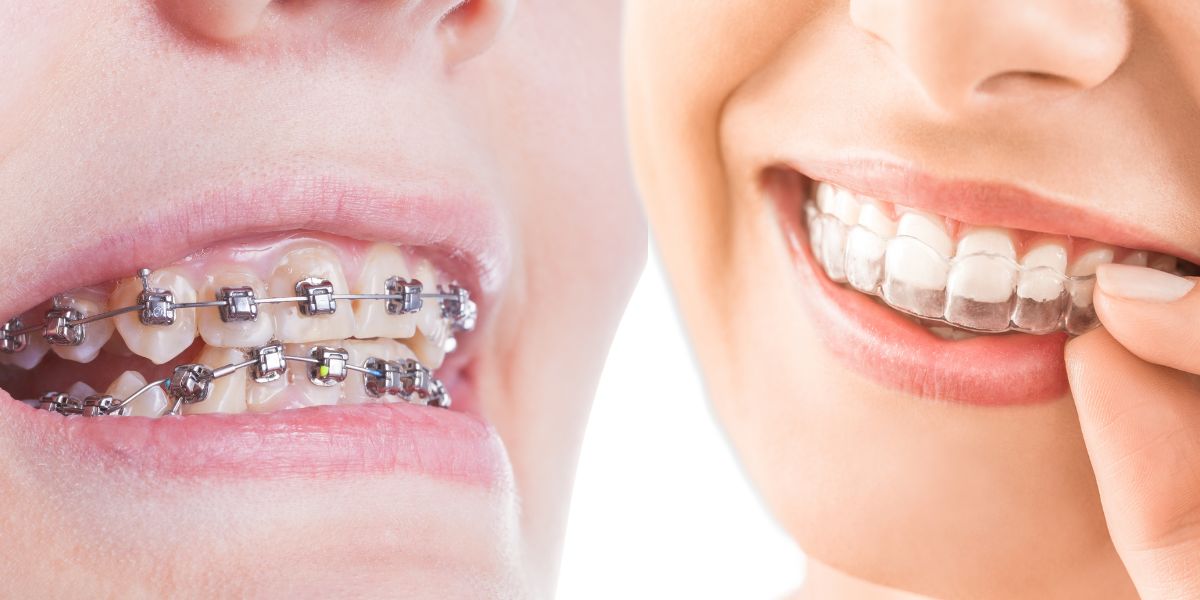
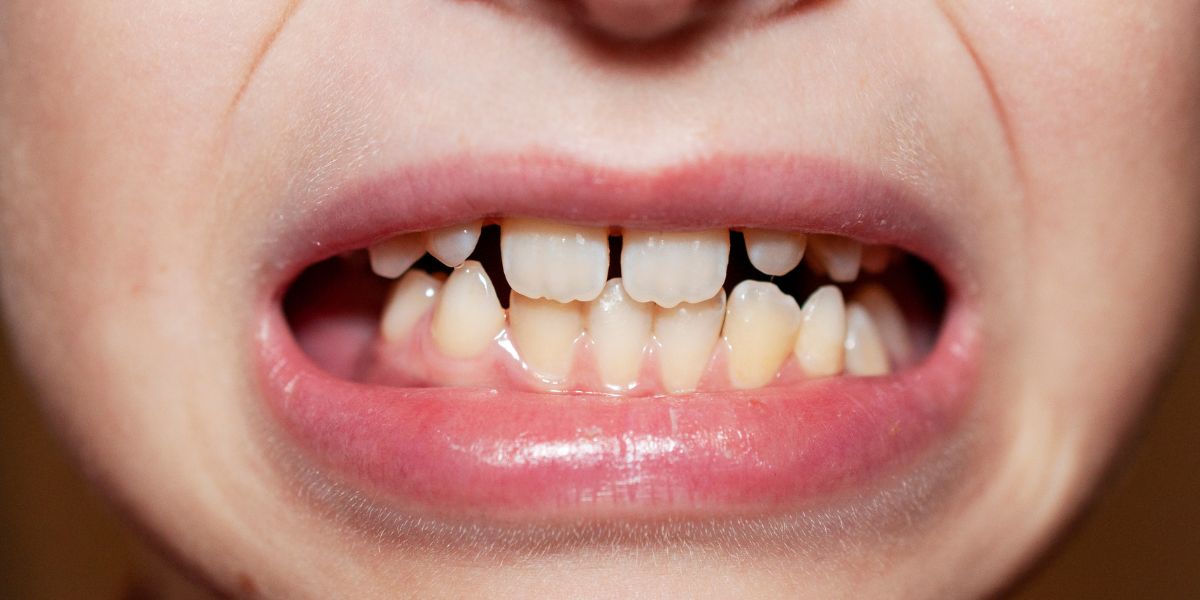
.jpg)
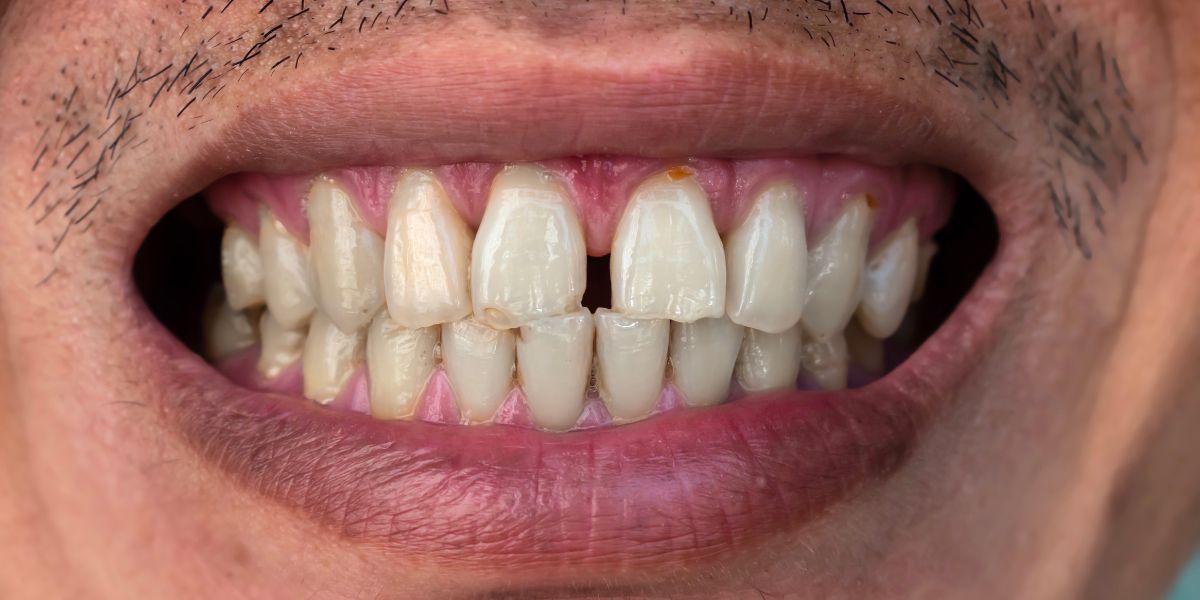
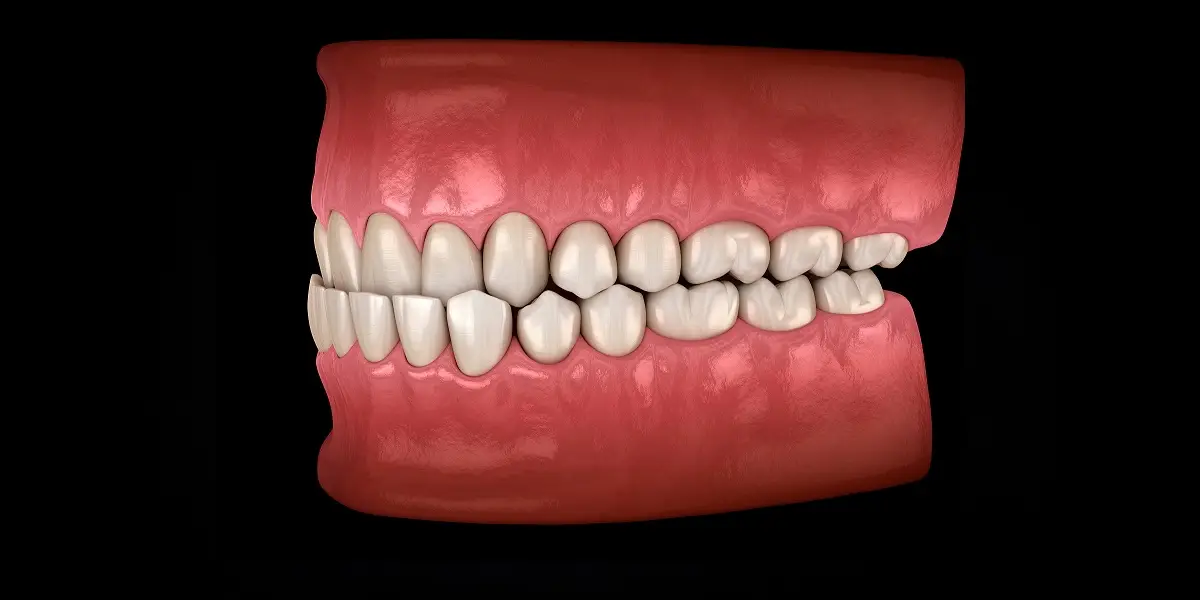
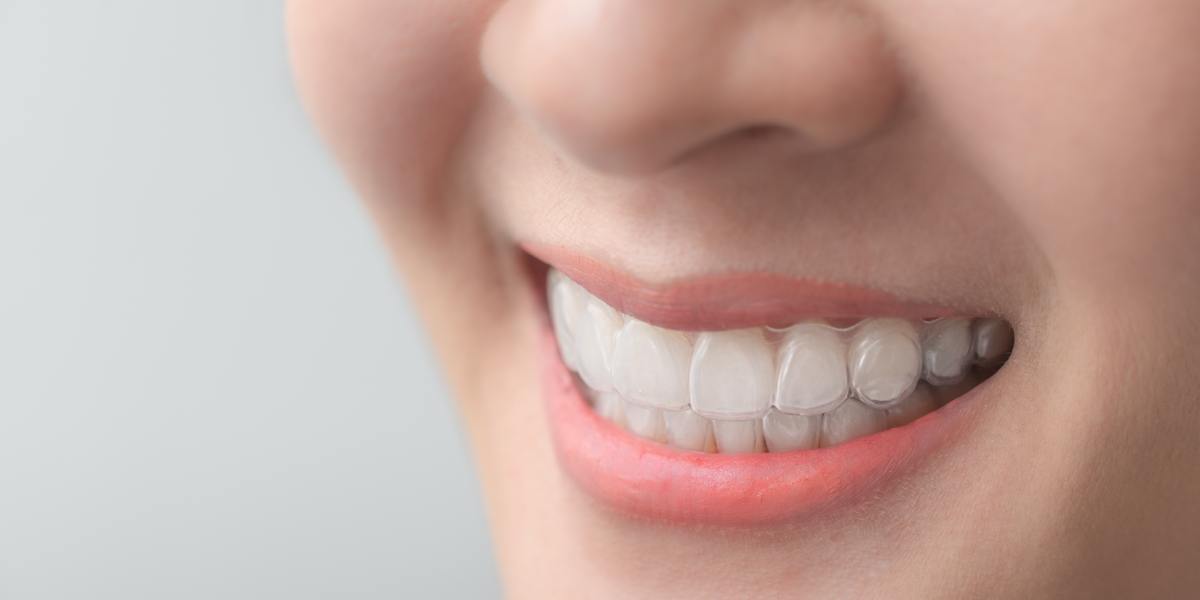

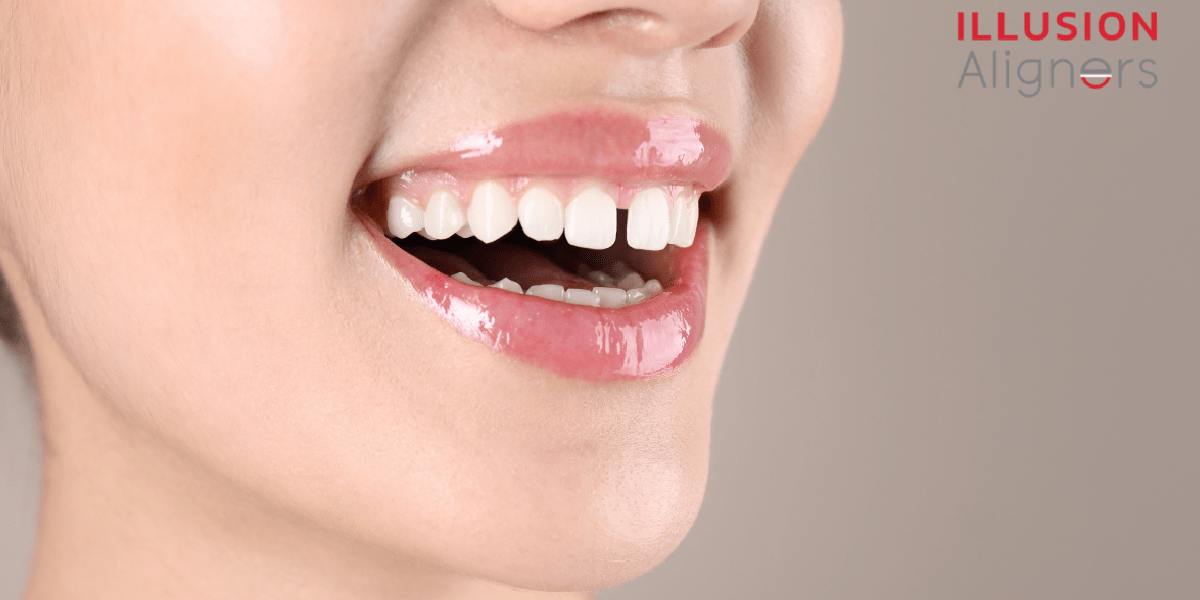
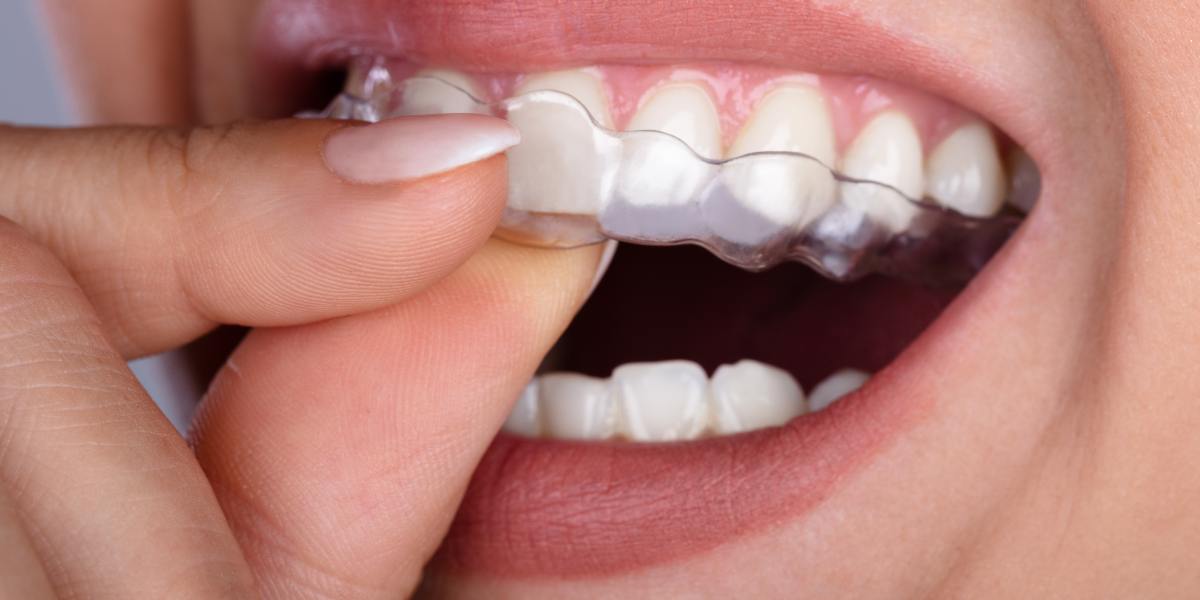
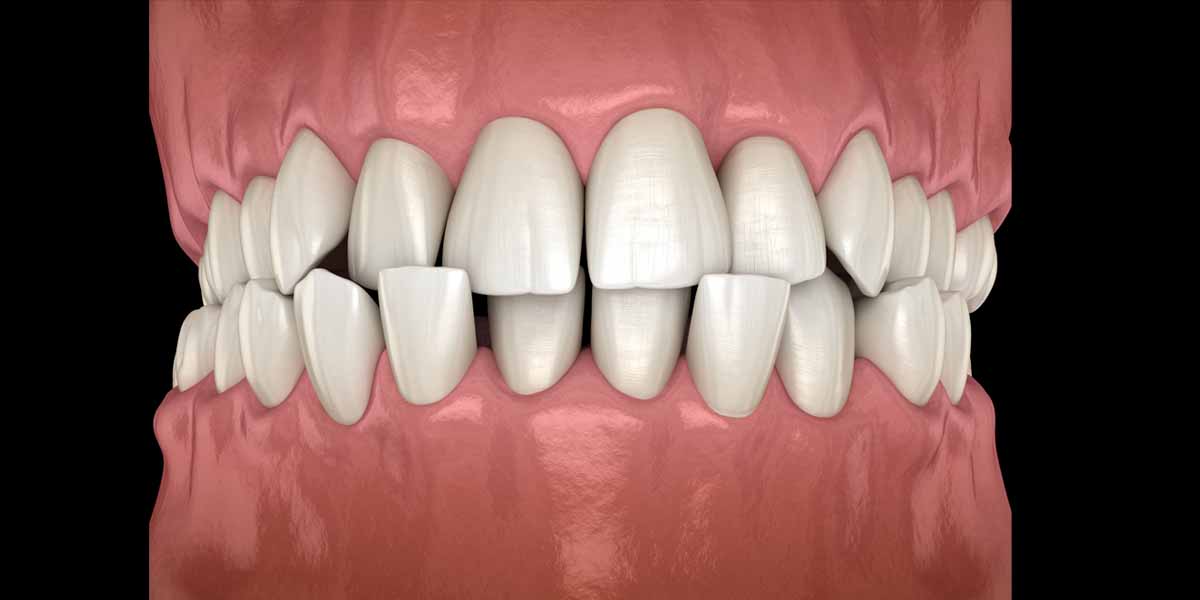
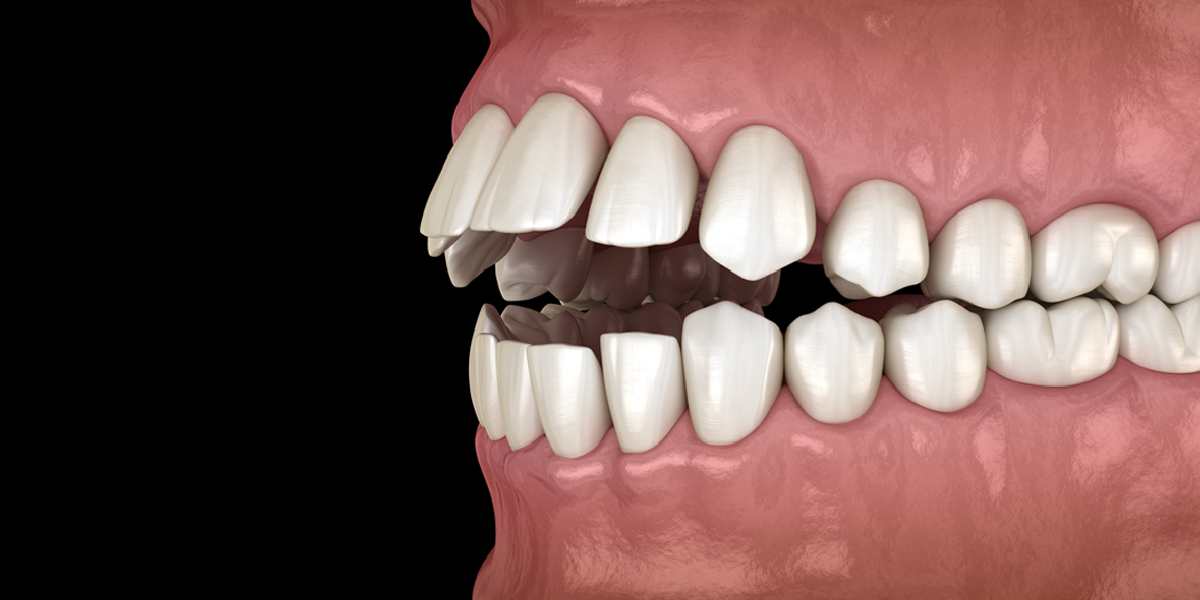
2.jpg)

